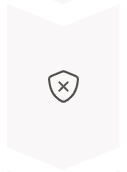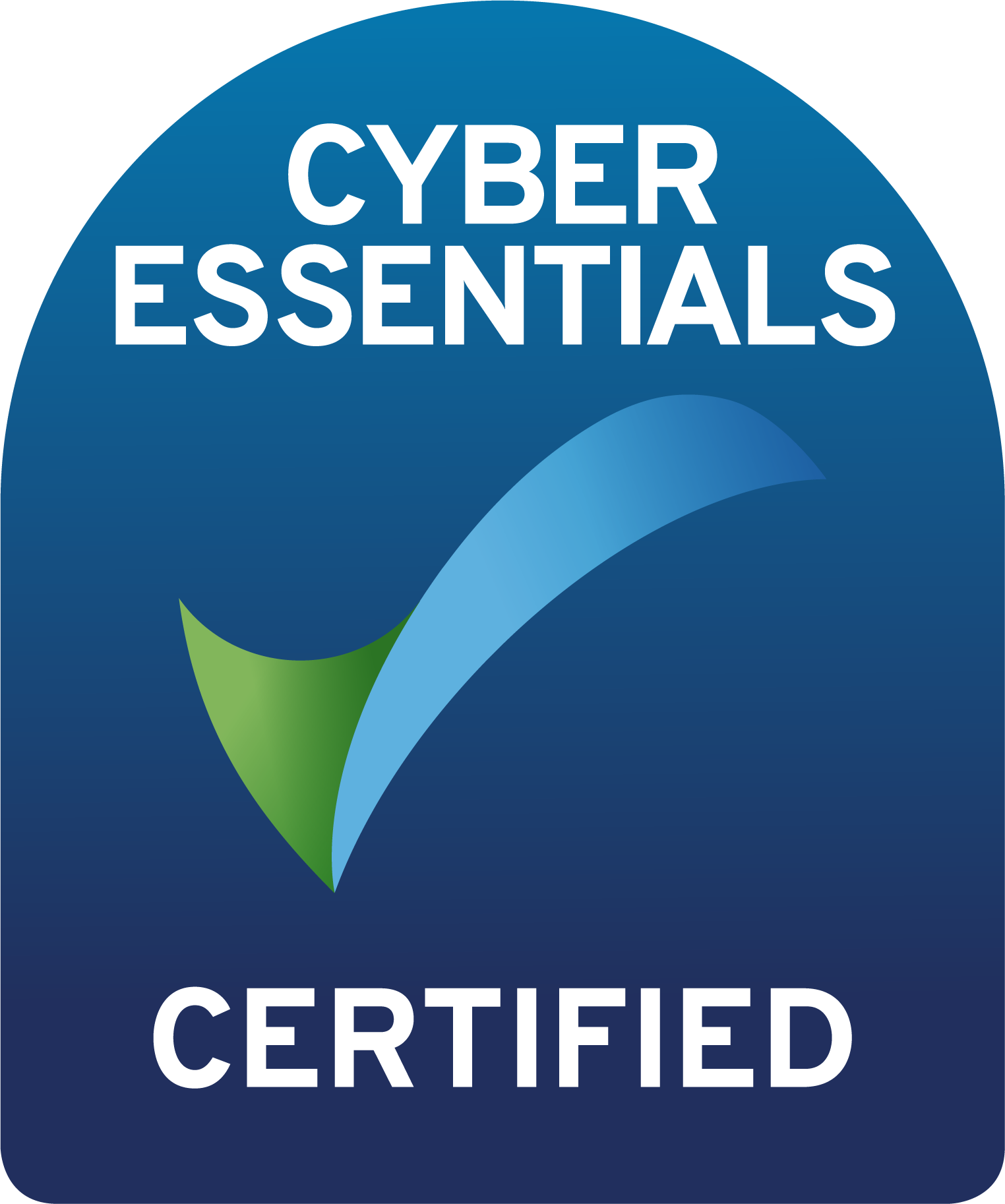
If you’ve shopped at M&S online or created an account, your information may have been compromised. This increases the risk of receiving convincing scam attempts targeting both you and your children.
Compare digital scams to real-world situations they understand, like strangers offering candy.
Teach them to always check with you before clicking links or sharing information online.
Let them know they can always come to you if something online seems suspicious or confusing.

Consider using a password manager to generate and store complex passwords securely. This eliminates the need to remember multiple complicated passwords.
Be mindful about sharing birthdays, school names, vacation plans, or favorite stores online. These details can be used by scammers to create convincing targeted attacks.
Regularly check and update privacy settings on all social media accounts, both yours and your children’s, to control who can see your information.
Occasionally search for your children’s names online to see what information is publicly available and take steps to remove anything concerning.

Add an extra layer of security to important accounts by requiring both a password and a temporary code.

Regularly check account activity and set up alerts for unusual login attempts or transactions.

Keep devices and apps updated with the latest security patches to protect against known vulnerabilities.

Avoid accessing sensitive accounts or information when connected to public networks.
Latest from our blogs

Get latest online safety advice
© 2025 Learning KidsnClicks All rights Reserved.